Detailed Analysis and Design of the AVIS System: Homework Assignment
VerifiedAdded on 2019/10/31
|8
|1070
|861
Homework Assignment
AI Summary
This document presents a comprehensive analysis and design of an AVIS (presumably, a booking or event management) system. It begins with an identification of both internal and external stakeholders, including their roles and responsibilities within the system. The solution then outlines the functional requirements of the AVIS system, such as managing visitor information, employee status, and booking notifications. A detailed breakdown of non-functional requirements is provided using the FURPS+ categories, covering usability, reliability, performance, security, design constraints, implementation, interface, physical requirements, and supportability. The document further includes various UML diagrams to illustrate system behavior and structure. These include an activity diagram, use case descriptions and diagrams, and a domain model class diagram, providing a visual representation of the system's processes and data relationships. Use cases are described for various events, such as student or staff applications, fee payment notifications, and class attendance tracking. Finally, the document references several sources for its analysis and diagrams.
1 out of 8
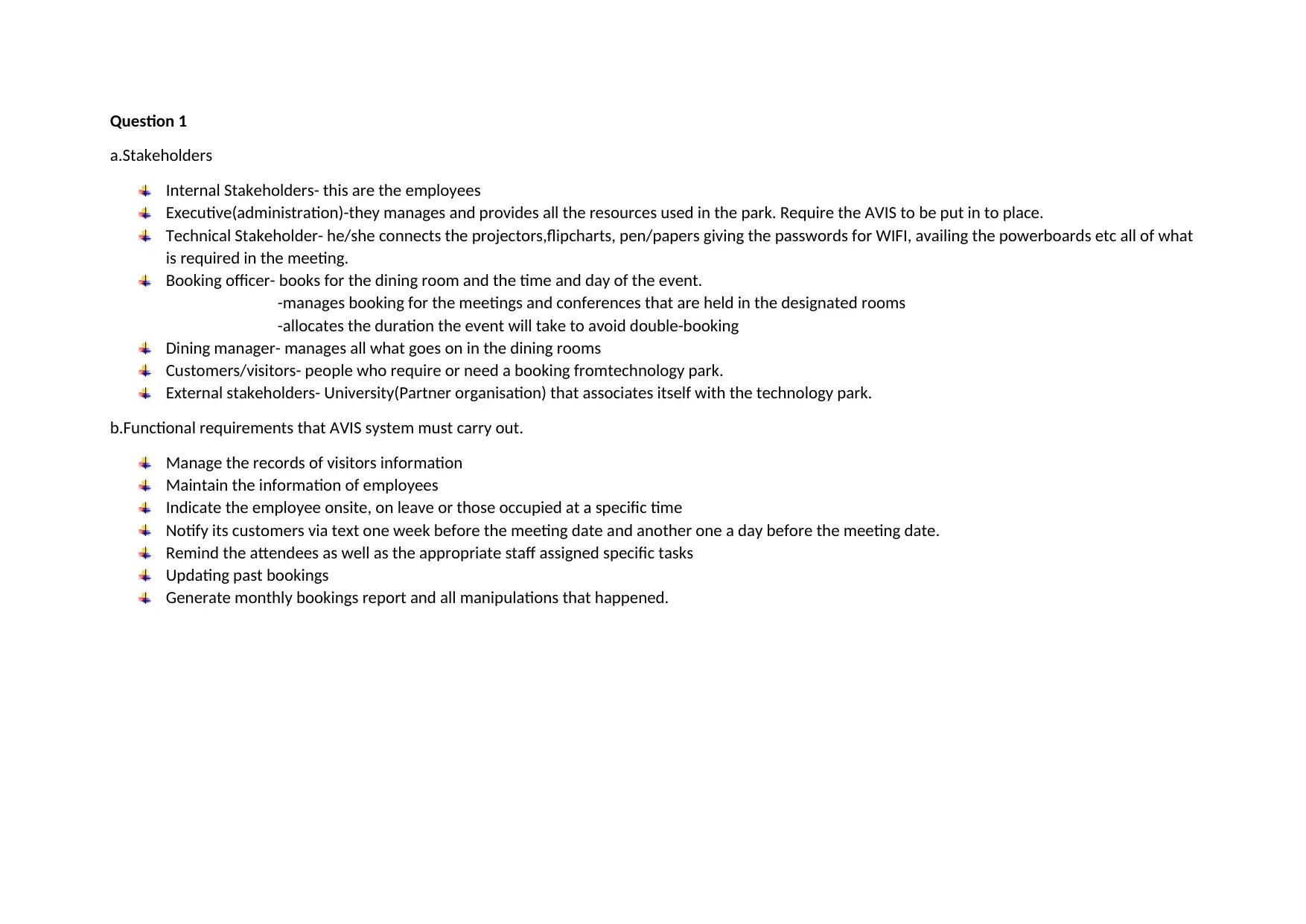
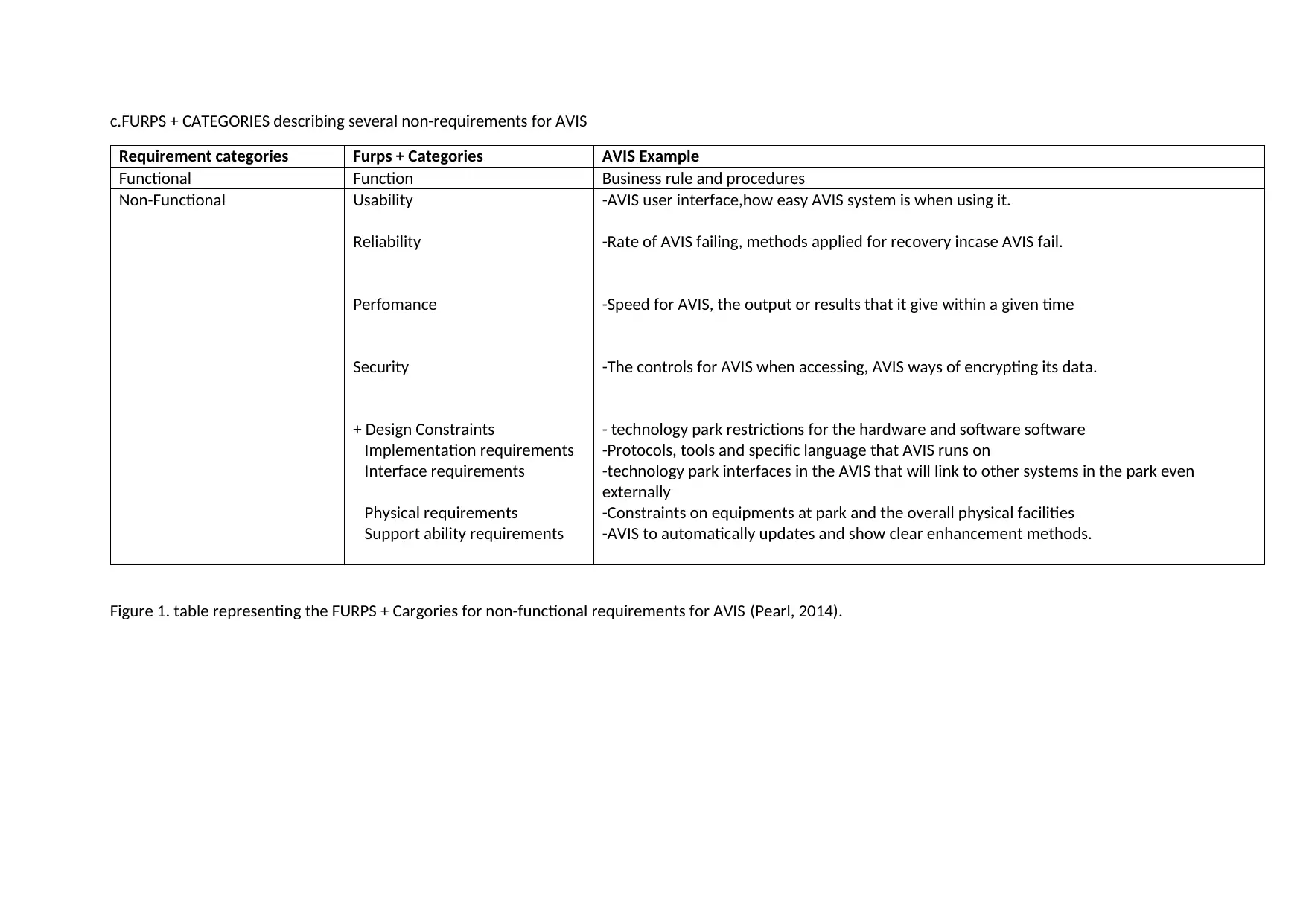
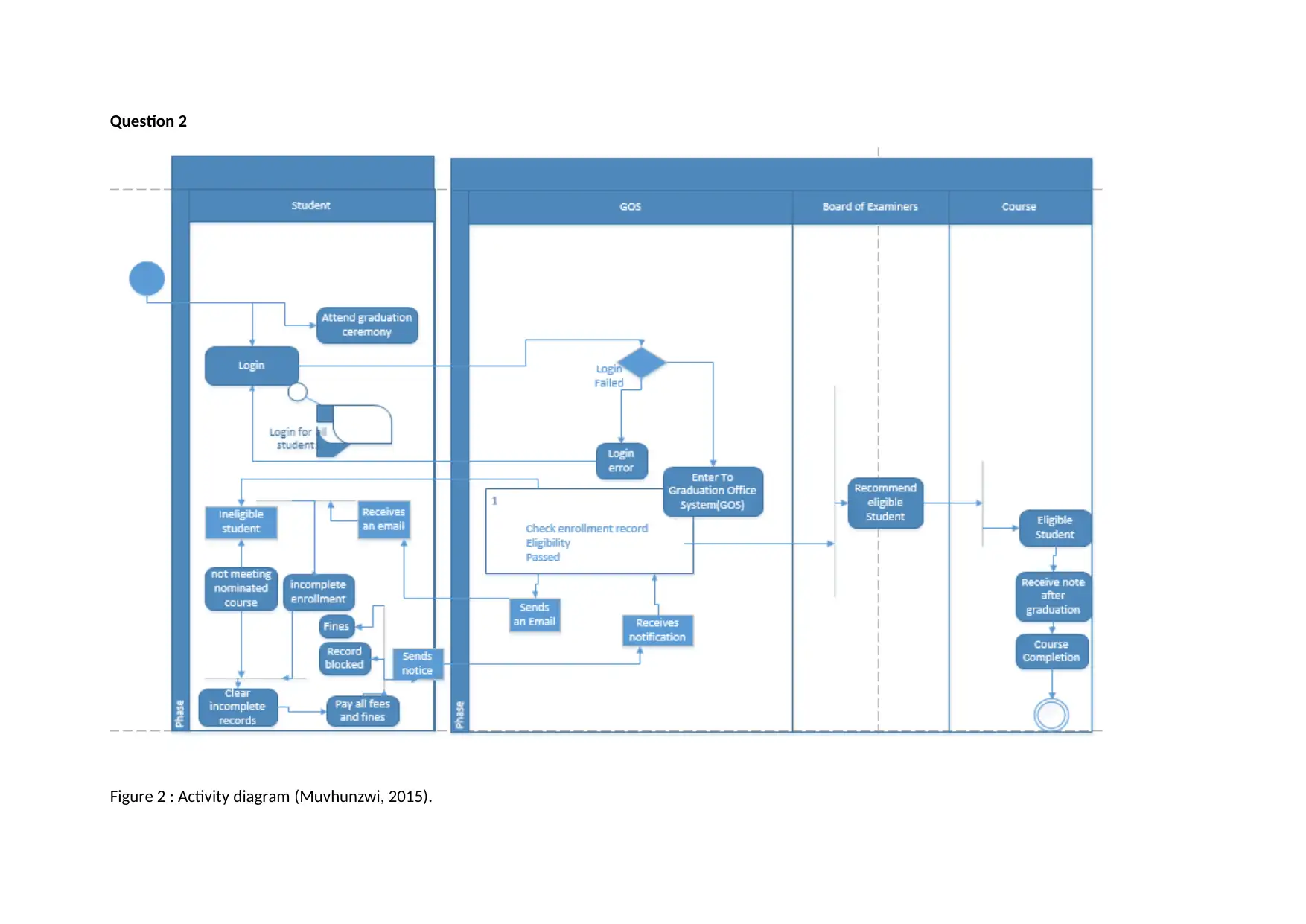

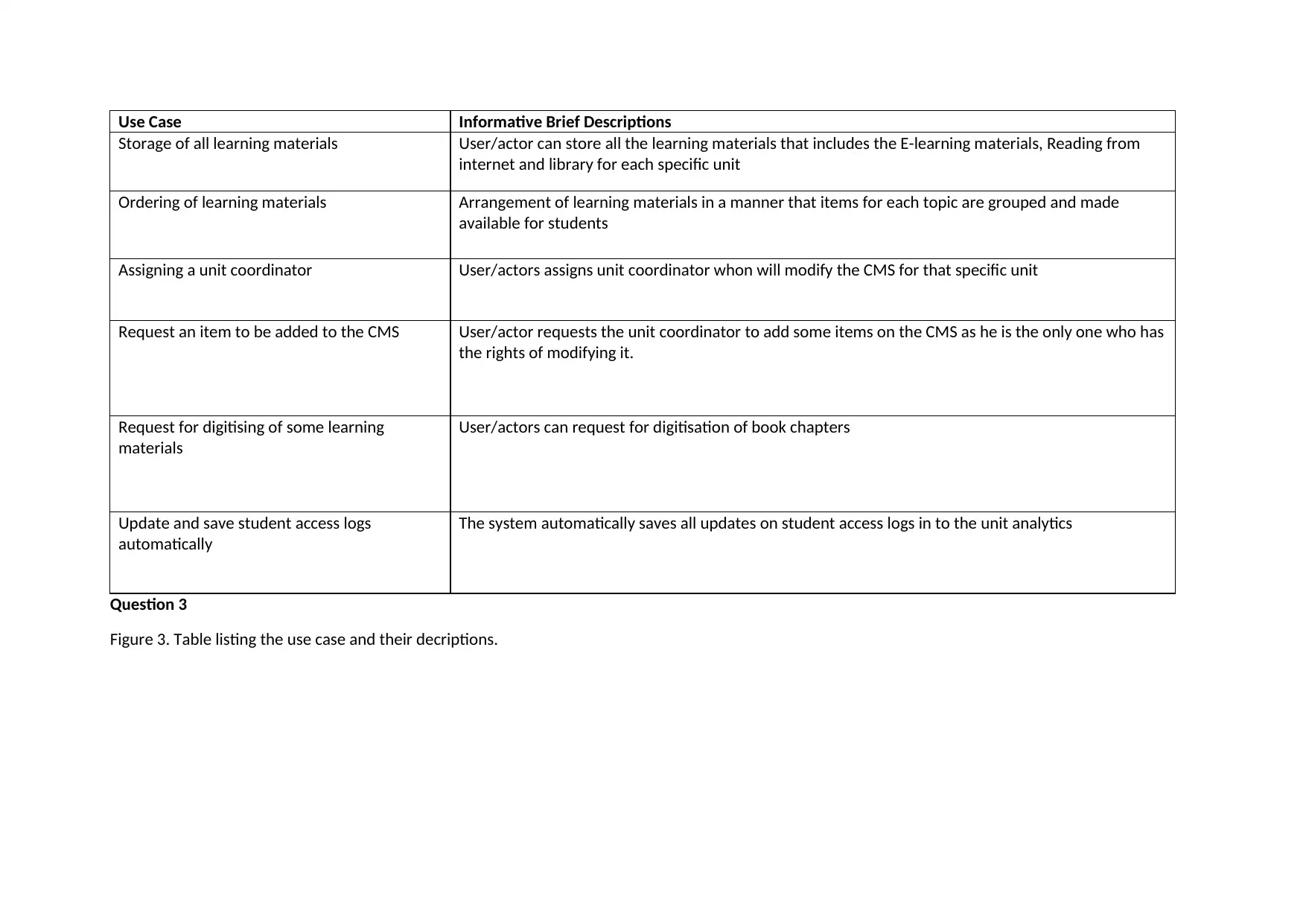
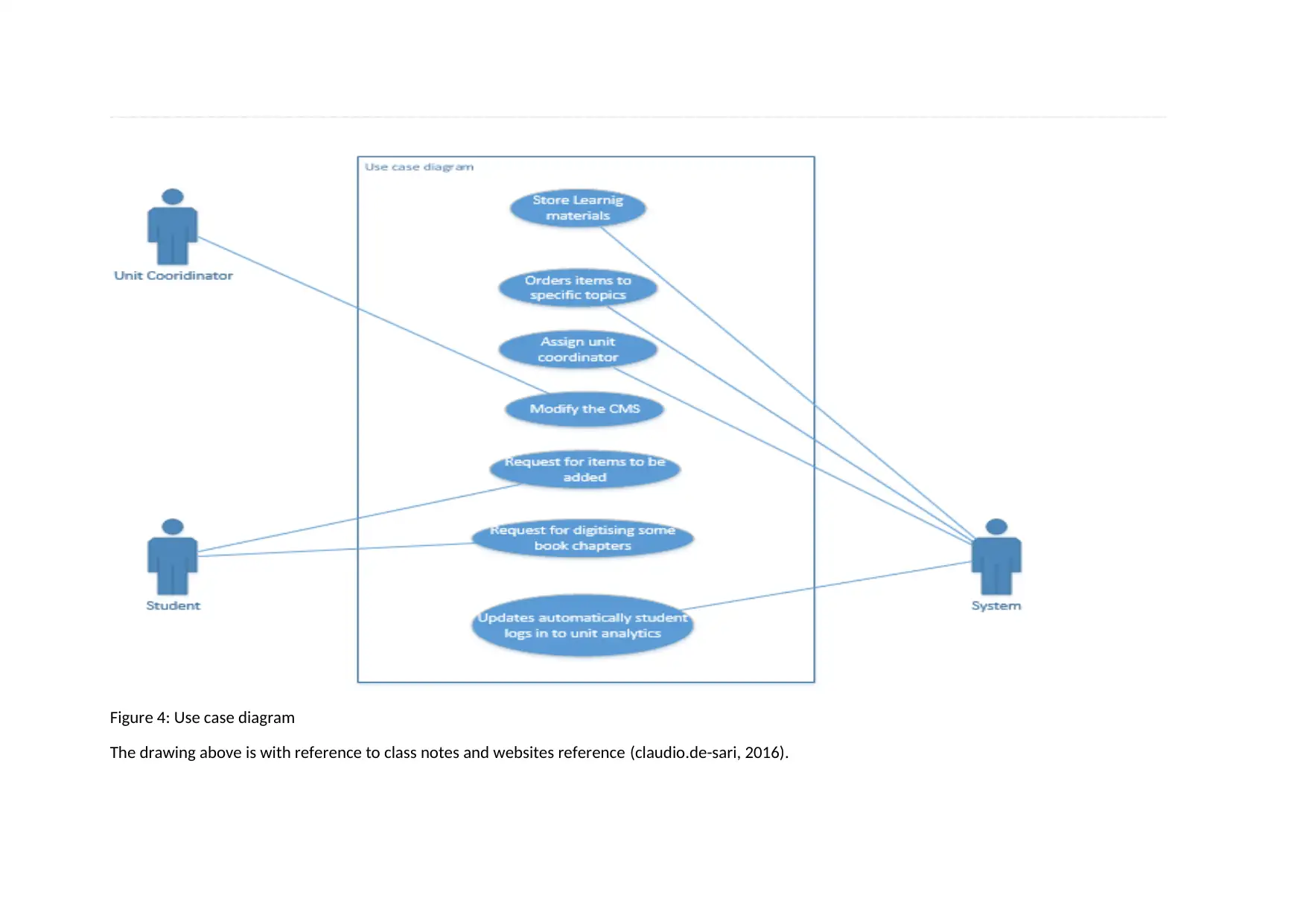
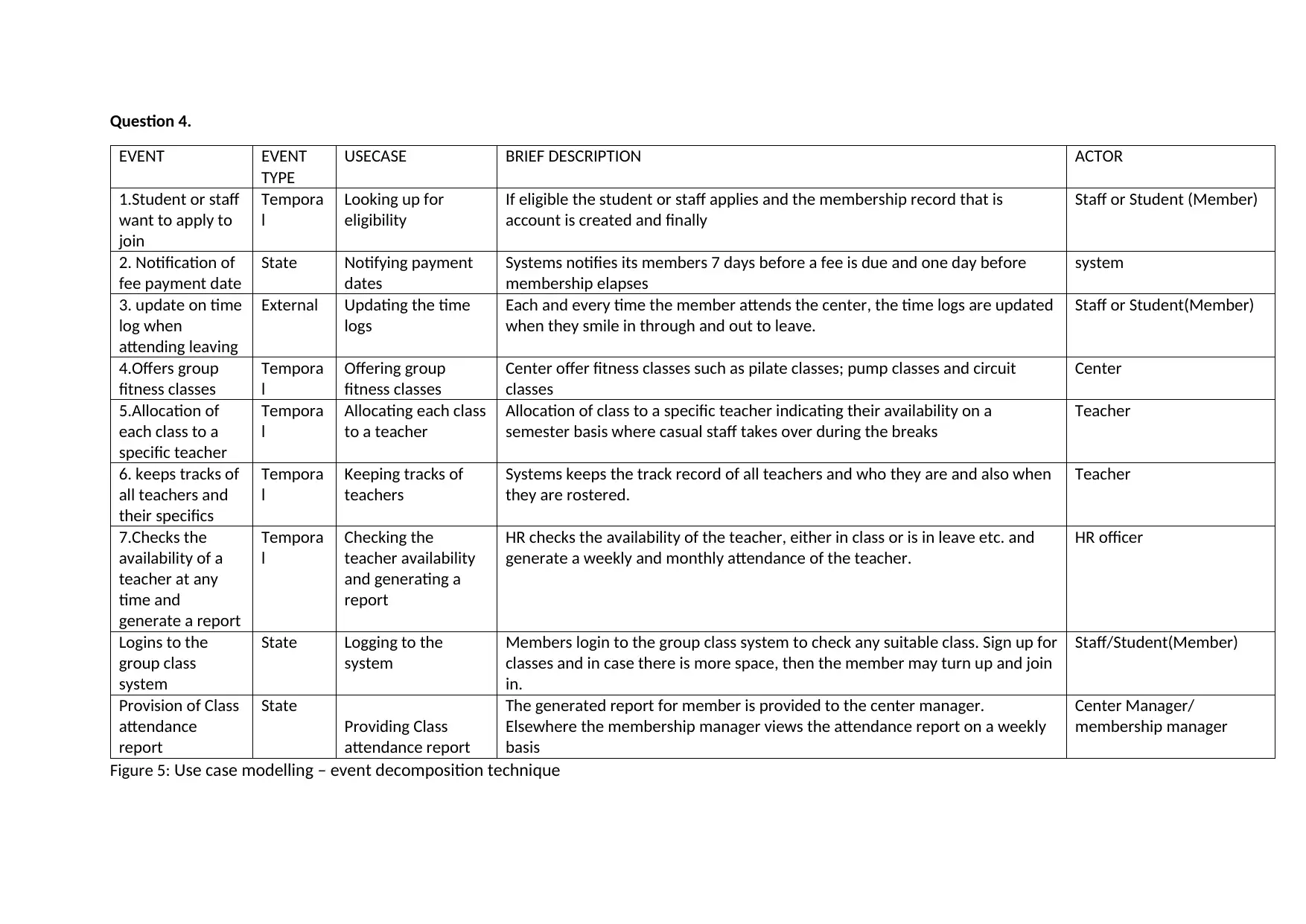
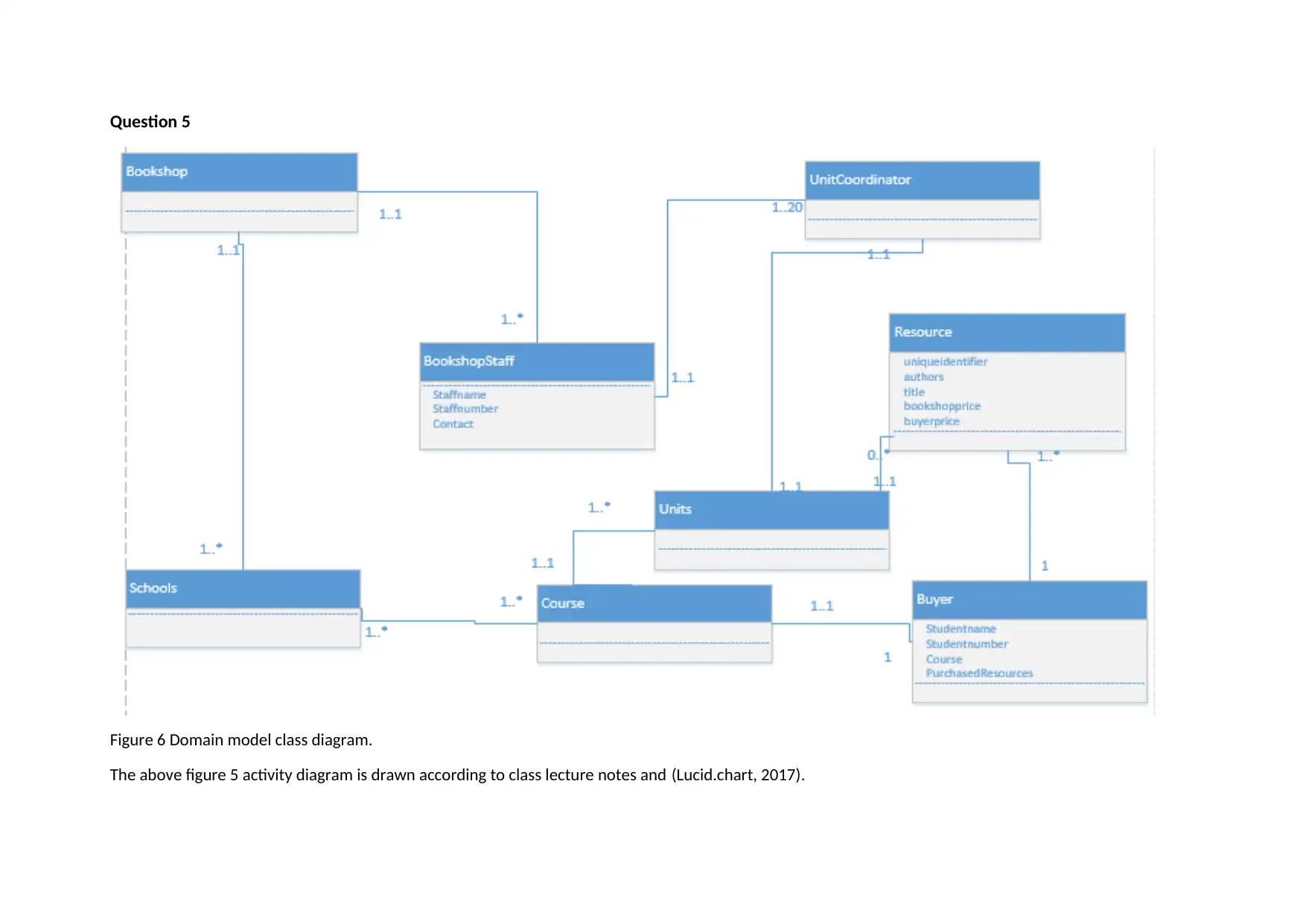
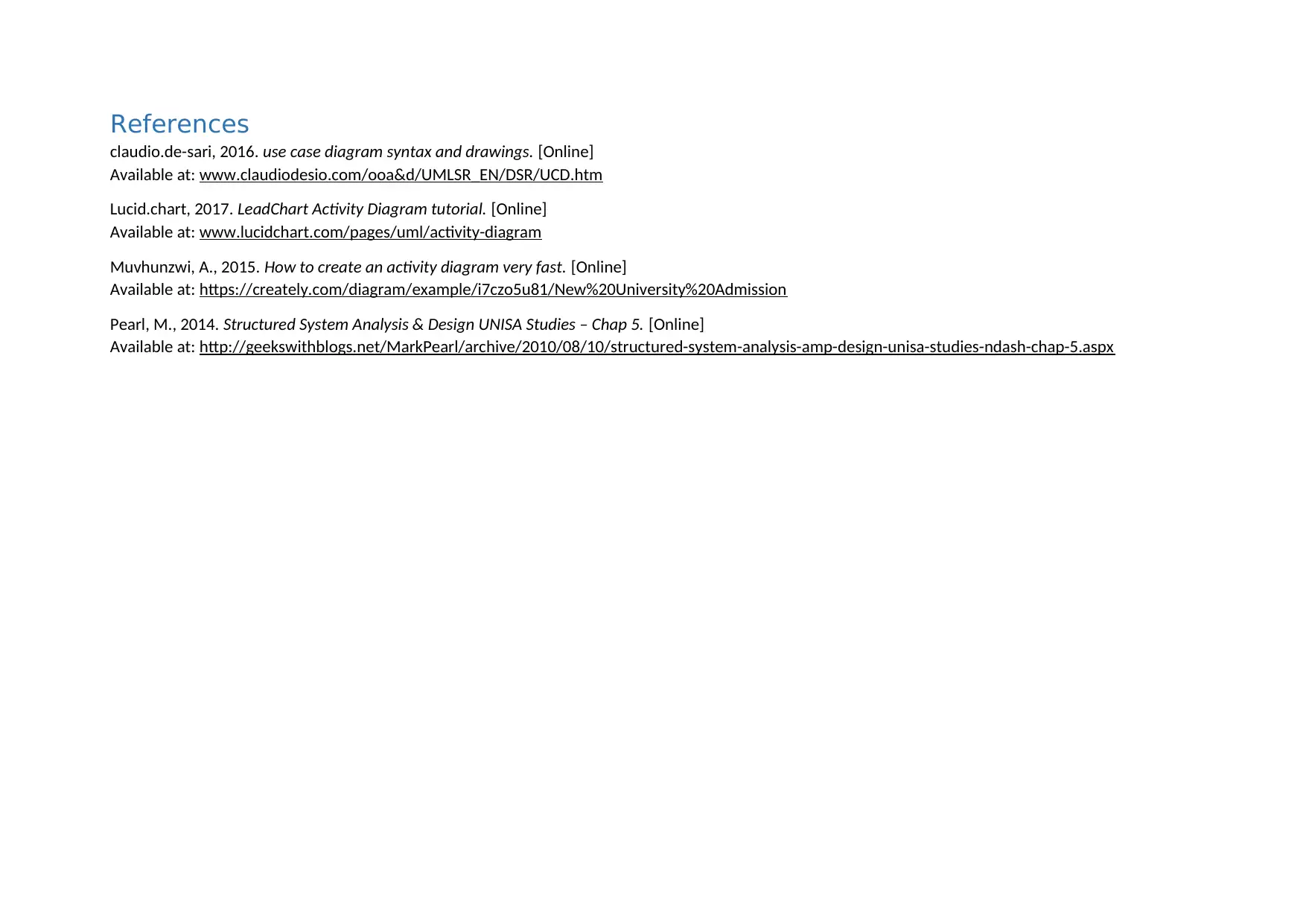
![[object Object]](/_next/static/media/star-bottom.7253800d.svg)